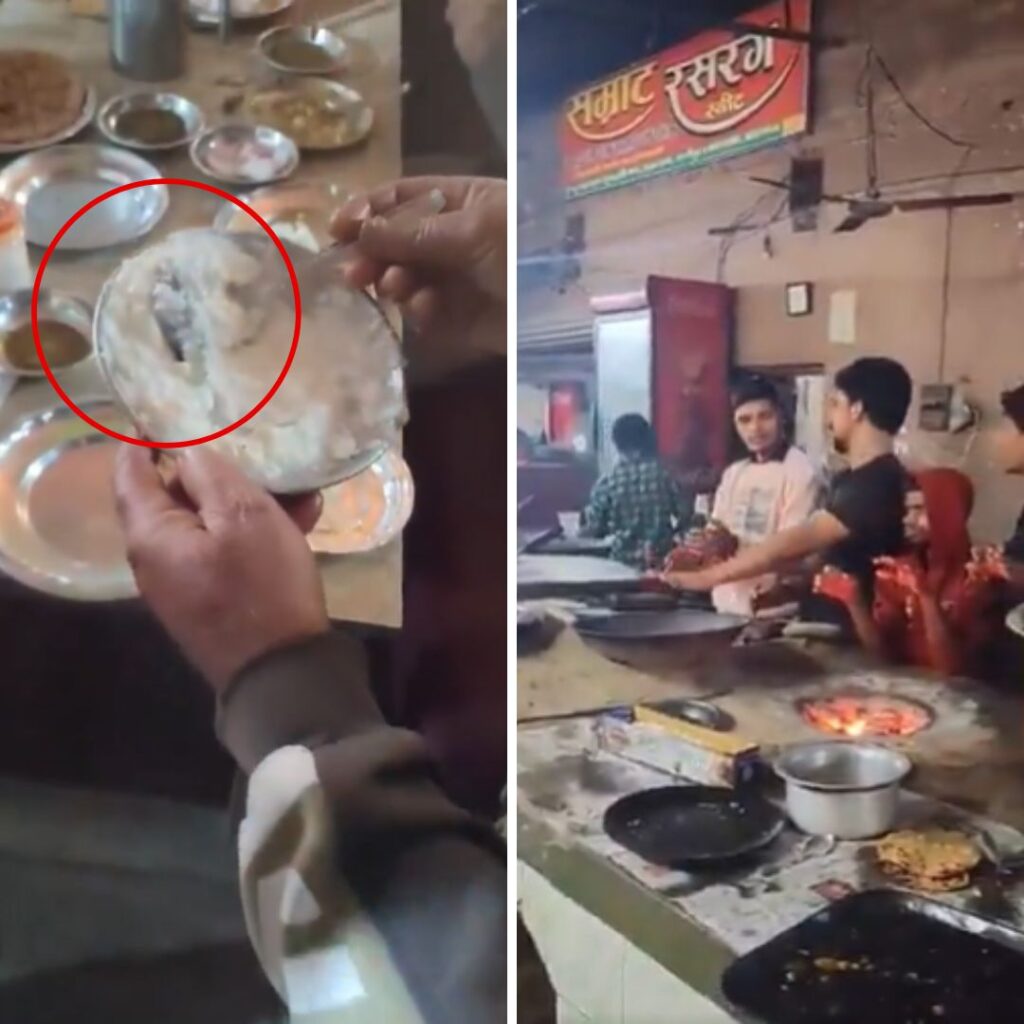Swarms of the desert locust, which had earlier entered India via Pakistan in April, have reached at least five states. According to eyewitnesses, the swarm which entered India from Pakistan was around two to three kilometres long.
According to an NDTV report, the crop-destroying insects invaded Madhya Pradesh earlier this week, in the most vicious attack in nearly three decades. Experts have opined that these insects can potentially jeopardize India’s food security.
The administration has kept firemen ready in Jhansi, Uttar Pradesh, to hose them down with chemicals. Locusts on May 26 entered a Jaipur residential area before moving away in search of greener areas to feed.
What Are Locust?
Reportedly, Desert locust are normally sighted to be moving in large groups, called swarms. These insects are capable of gorging down crops up to their own weight every day. When millions of locusts descend on a crop, they leave behind a trail of destruction.
The desert locust is considered to be the most destructive migratory pest in the world and a single swarm covering one square kilometre can contain as many as 80 million locusts.
Locusts resemble a common grasshopper with two big hind legs. Their diest included only plants. They are forced to huddle together in small patches of green land during the dry spells before the rain.
More parts of India are under locust attack now. The migratory pests have invaded eastern Maharashtra where four to five villages have come under attack from the locusts.
The locusts are known for feasting on all sorts of plants and standing crops.
Maharashtra
The district and agriculture department personnel in the state have initiated chemical spraying on crops and vegetation to save them from the migratory pests.
‘The swarm of desert locusts entered the state from Amravati district. It then went to Wardha and now it is in Nagpur’s Katol tehsil,’ news agency PTI quoted Joint director of the agriculture department, Ravindra Bhosale, as saying.
According to a Hindustan Times report, Bhosale added that locusts do not travel in the night. The migratory pests travel during the day time and fly as based on wind direction.
Uttar Pradesh
In Mathura, UP, the district administration has created a task force to deal with any potential locust attack in the district. The administration has sought early preparation keeping in view the growing locust threat.
According to the Mathura district magistrate, 200-litre Chloropyriphos has been kept as a reserve. The sellers in the area have been advised not to supply the chemical outside the district.
He added that the over a dozen tractors equipped with sprayers have been readied. The fire brigade department has also been directed to remain alert.
Rajasthan
Locusts entered India through Rajasthan after crossing Pakistan on April 11. On May 26, locusts entered some residential areas of the Jaipur city.
The Union Environment Ministry had issued a warning last week stating that locust swarms have entered Rajasthan, Punjab, Haryana and Madhya Pradesh. There is an alert for national capital Delhi as well.
The Ministry informed that Rajasthan is the most affected state and added the swarm has entered the country earlier than expected.
The United Nations too has warned that armies of locusts swarming across continents pose a ‘severe risk’ to India’s agriculture this year.
Also Read: Trees Cut In 16 Hectare In Untouched Land In Elephant Reserve To Make Way For Coal Mining: RTI











